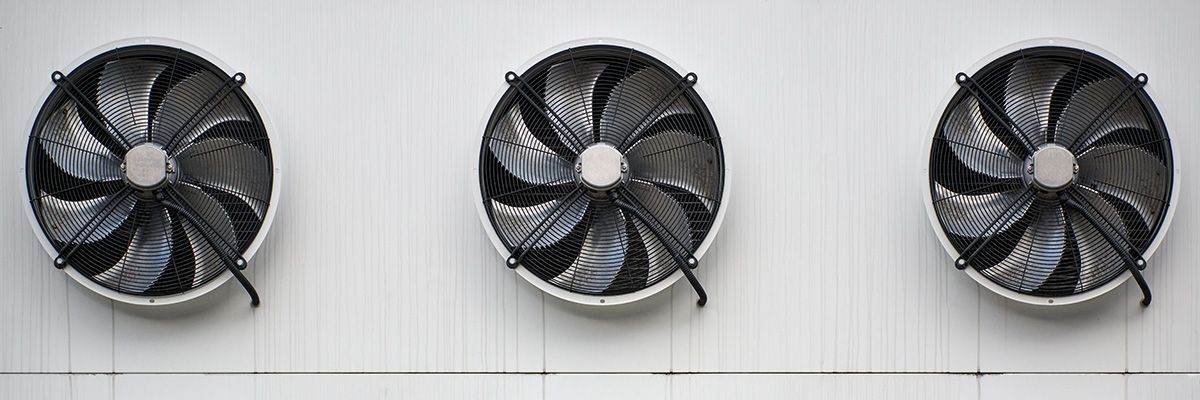
HVAC performance consulting
In common with almost any significant investment in a building, HVAC systems must perform optimally to deliver a maximal ROI. But their performance can’t be taken for granted; it’s not a case of “install the system, turn it on, and walk away,” leaving things to their own devices. That raises two questions: first, what does performance mean where HVAC is concerned? And second, how can it be fine-tuned? We’ll answer them in this blog.
“Performance” in HVAC (in fact, it’s also often the case in other domains) is a term that tends to be used with little specific understanding of what it means. That carelessness of phrasing is a mistake. One aspect of performance involves looking at how the component parts of the system work independently of each other. A second involves (or should involve) measurement, ultimately looking at the whole system rather than the component parts. You can improve the HVAC system’s different (or even all) working parts, but will that give you better system performance outcomes? Not necessarily.
To use an analogy to illustrate this point, you could separately tune the jet engines, hydraulics, and navigation systems in a plane, but you’d learn little about the plane’s performance without a test flight! That’s something HVAC consulting addresses, but more on that later.
Performance in HVAC
When we talk about performance in HVAC, what are we talking about? The two key end measures here are airflow and comfort. Let’s consider them both in more detail.
Airflow
Air conditioning units seek to deliver the right amount of BTUs at their rated Energy Efficiency Ratio (EER). In HVAC, this is determined by the calculation of BTUs/Watts. A BTU (British Thermal Unit[1]) is the standard, internationally recognized measure of the heat capacity of fuels or other energy sources. More precisely, it’s the quantity of heat needed to increase the temperature of liquid water by one degree Fahrenheit at the temperature where water has its greatest density.
To know that your system is doing “what it says it will do,” you must know (measure) how it is actually performing. With this in mind, the first step towards optimal performance is to accurately measure the actual BTUs of your chosen unit to give you a baseline operational expectation.
Once you have this baseline, you measure delivered airflow and BTUs at the system’s air registers, meaning “in operation.” Registers are mechanical components in the HVAC, usually placed where a duct enters a room and air is delivered. This, measured accurately, will provide information about the effect of the duct system on the performance of the core equipment. Remember, your initial measurement sets the expectation; if that isn’t met when measured airflow is considered, something - most likely poor-quality ducting - is negatively impacting the whole (remember the plane analogy above).
Here, we’re seeing two other potential issues take shape. Is leakage a problem contributing to unmet expectations, and are radiant losses from duct surfaces having an effect? Either way, the bottom line is that if the BTUs of the unit itself are different from the measured BTUs of the system in operation, then you know there’s a loss in performance, and you have an idea of where to start looking for the reason why. You’ll need the help of a specialist consultant to work this out.
Comfort
That’s airflow, but what about comfort? Going back to registers, as may seem obvious, an HVAC system contains many of them. Since HVACs need to distribute ventilation across often large facilities as, when, and where required, all of them need to be considered in terms of performance, starting with being correctly distributed. That’s the other central aspect of measuring HVAC system performance; room-specific load calculation enables you to identify the airflow required to keep each area of the facility comfortable.
This calculation generally involves using air balancing, where specialist testing equipment precisely measures airflow from operational equipment to compare it to specifications. This will tell you not that the equipment is working but that it is performing. Note the difference! It’s extremely common to find facilities that believe their HVACs perform efficiently simply because they work without any apparent problem. However, upon testing, they are found to be working far below their optimal capability.
What can be expected?
In terms of HVAC performance as outlined above, what can you expect? For a start, not perfection. Broadly, systems usually run in the 60-65% of the optimal range, and with sensible investment (and optimization), it should be possible to increase this to the 80-85% range as measured in delivered BTUs. This is predominantly achieved through a combination of fine-tuning equipment performance where indicated, along with better design, installation, insulation, and sealing of ductwork. Is it worth the step involved? The 15% increase in efficiency noted above will deliver a 40% uptick in HVAC system performance, so the answer is “yes.”
Get on top of your HVAC: the NexRev advantage
Of course, if you’re not doing so already, optimizing HVAC performance should be high on your facilities manager’s task list. As we’ve seen, it requires being proactive and yields clear benefits. Consulting is essential in the optimization process, measuring and determining what isn’t working and identifying the proper steps to improve outcomes.
At NexRev, we’ve been unlocking the power of facility and energy management data with over a million connected devices across North America. Our team of experts is focused on helping you deliver more with your budgets, infrastructure, and assets to create sustainable savings in operations and energy, reducing your risk and increasing operational confidence. To begin a discussion, please email us at
[1] https://www.eia.gov/energyexplained/units-and-calculators/british-thermal-units.php